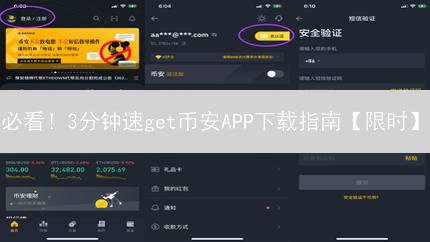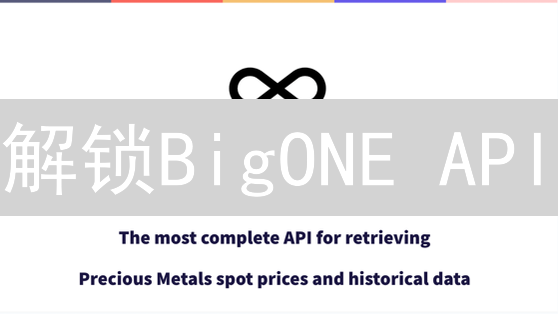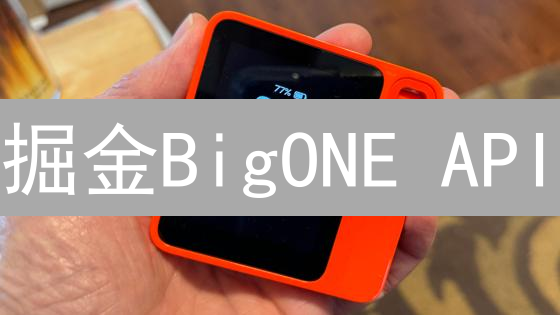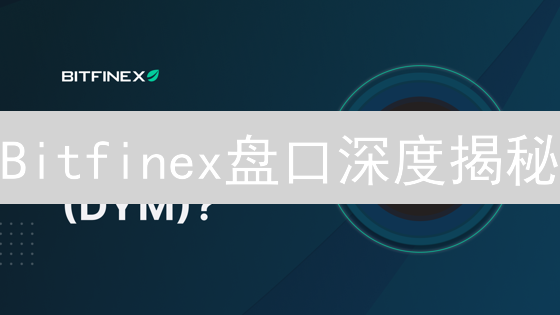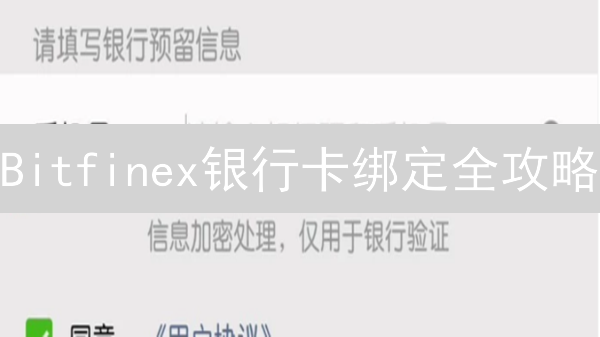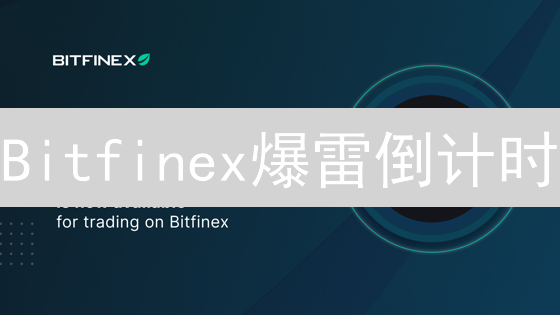Bitfinex API 接口探索:从文档下载到交易实战
Bitfinex,作为历史悠久的加密货币交易所,至今仍然吸引着众多交易者和开发者。其强大的API接口是连接交易世界的一扇重要窗口。本文将深入探讨 Bitfinex API 接口的下载,并初步设想如何利用这些接口进行交易实战。
获取 Bitfinex API 接口的“钥匙”——API 文档,是开启一切的前提。虽然 Bitfinex 的官方网站可能不会直接提供一个明显的“下载”按钮,但API 文档通常以网页形式存在,或者集成在专门的开发者门户中。你需要仔细浏览 Bitfinex 网站的开发者部分,寻找包含 API 说明、参数定义、错误代码等关键信息的页面。
通常,这类文档会采用以下几种形式呈现:
- 在线网页文档: 这是最常见的形式。你可以通过浏览器访问,逐页阅读 API 的各个功能模块,比如交易、钱包管理、市场数据等。
- PDF 文档: 有些交易所会将 API 文档整理成 PDF 格式,方便下载和离线查阅。这种形式通常结构更完整,更适合打印出来随时参考。
- Swagger/OpenAPI 规范: 使用 Swagger 或 OpenAPI 规范编写的 API 文档可以提供交互式的体验。你可以直接在浏览器中尝试 API 调用,查看返回结果,方便调试和学习。
- SDK(软件开发工具包): Bitfinex 可能会提供一些官方或社区维护的 SDK,用于简化 API 的调用过程。SDK 通常包含常用编程语言(如 Python、Java、JavaScript)的库,可以让你更快地集成 API。
一旦找到了 API 文档,接下来就是认真研读,理解其背后的逻辑和规则。Bitfinex API 接口通常会涵盖以下几个核心功能:
- 市场数据(Market Data): 这是最基础的部分,包括实时交易价格、成交量、订单簿深度等。你可以利用这些数据构建自己的交易策略,或者进行量化分析。
- 交易(Trading): 这部分允许你下单、取消订单、查询订单状态等。理解不同订单类型(市价单、限价单、止损单)的参数和行为至关重要。
- 钱包管理(Wallet Management): 你可以通过 API 查询账户余额、进行充提币操作。需要特别注意安全问题,防止 API 密钥泄露。
- 历史数据(Historical Data): Bitfinex 可能会提供历史交易数据,用于回测交易策略和进行更深入的市场研究。
假设你已经成功下载并阅读了 Bitfinex API 文档,并决定使用 Python 来编写交易脚本。接下来,你需要安装一个 HTTP 客户端库,比如 requests 或 aiohttp,用于发送 HTTP 请求到 Bitfinex 的 API 服务器。
首先,你需要注册一个 Bitfinex 账户,并生成 API 密钥。API 密钥分为公钥(API Key)和私钥(API Secret)。公钥用于标识你的身份,私钥用于签名 API 请求,确保请求的安全性。务必妥善保管你的私钥,不要泄露给任何人。
然后,你可以编写一个简单的 Python 脚本,获取 BTC/USD 交易对的实时价格:
import requests import
Bitfinex API Endpoint for Ticker Data
The following example demonstrates how to retrieve the last price of Bitcoin (BTC) against the US Dollar (USD) from the Bitfinex cryptocurrency exchange using their API.
The API endpoint for fetching ticker data for BTC/USD is:
url = "https://api.bitfinex.com/v2/ticker/tBTCUSD"
This Python code snippet utilizes the
requests
library to make an HTTP GET request to the specified API endpoint:
import requests
url = "https://api.bitfinex.com/v2/ticker/tBTCUSD"
try:
response = requests.get(url)
response.raise_for_status() # Raise an exception for bad status codes (e.g., 404, 500)
data = response.()
# Extract the last price (index 6 in the ticker array)
last_price = data[6]
print(f"The last price of BTC/USD on Bitfinex is: {last_price}")
except requests.exceptions.RequestException as e:
print(f"An error occurred during the API request: {e}")
except (KeyError, IndexError) as e:
print(f"An error occurred while parsing the data: {e}")
The script first imports the
requests
library, essential for sending HTTP requests. It then defines the Bitfinex API URL targeting the BTC/USD trading pair's ticker data. A GET request is dispatched to this URL. The
response.raise_for_status()
method is crucial for error handling; it raises an exception if the HTTP response indicates an error (status codes outside the 200-299 range). Upon successful retrieval, the response content is parsed as JSON, and the last price is extracted from the returned data array. Bitfinex's ticker data format places the last price at index 6. Finally, the last price is printed to the console.
Error handling is implemented using
try...except
blocks.
requests.exceptions.RequestException
catches any issues during the HTTP request itself (e.g., network problems, invalid URL).
KeyError
and
IndexError
handle potential problems during data parsing, specifically if the JSON structure is unexpected or the index 6 doesn't exist in the array.
This is a foundational example; real-world trading necessitates authentication via API keys and more complex API requests, defining parameters like order type, quantity, and price.
For example, submitting a limit buy order requires constructing a POST request and digitally signing it using your private key. The signature generation usually involves the HMAC-SHA384 algorithm, hashing the request parameters and a timestamp. Detailed instructions on the signing process are available in the Bitfinex API documentation.
Before engaging in live trading, utilizing the Bitfinex sandbox environment (testnet) is highly recommended. The sandbox simulates trading without real funds, allowing validation of trading strategies and API integration.
When transitioning to live trading, exercise caution and implement robust risk management. Employ stop-loss orders to limit potential losses and regularly review and adjust trading strategies based on market dynamics.
Successful trading using the Bitfinex API demands not only programming proficiency but also a deep understanding of cryptocurrency markets. Comprehending market volatility drivers, analyzing technical indicators, and establishing sound risk management practices are crucial for success as a quantitative trader.
Further considerations when working with the Bitfinex API include:
- Rate Limiting: Bitfinex enforces rate limits on API requests. Implement error handling and backoff strategies to avoid exceeding these limits. Refer to the Bitfinex API documentation for current rate limit specifications.
- WebSockets: For real-time data updates, consider using the Bitfinex WebSocket API instead of polling the REST API. WebSockets provide lower latency and are more efficient for streaming data.
- Authentication: Securely store and manage your API keys. Never expose them in your code or commit them to version control. Use environment variables or secure configuration files to store your credentials.
- Data Validation: Always validate the data received from the API before using it in your trading algorithms. Check for unexpected values or data types.
